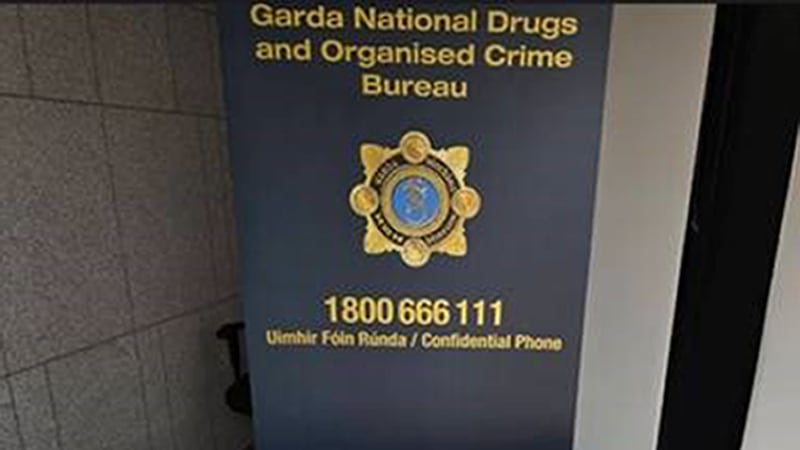The sign read “Radio Éireann”. It was over the first door in Henry Street, a side entrance to the GPO.
On Monday, February 10th, 1964, I walked in for the first time and took the lift to the third floor.
I was there for a voice test, along with a sample programme I had devised. The audition was successful and led to a six-week engagement to present a music series called Then and Now, starting on Sunday, July 5th, at 11pm. The programmes contrasted early and recent records by the same singers. The signature tune was This Could Be the Start of Something Big. I was 18 years old.
Radio Éireann was originally 2RN, which opened on January 1st, 1926, over a small post office in Little Denmark Street, currently the site of the Ilac Centre. In October 1928, it moved to the GPO, rebuilt after the damage of the 1916 Rising. At first, it comprised one general studio and a small speech studio on the fourth floor.
Over the years, it developed with extra staff and facilities, and in 1937, it became Radio Éireann, still part of the Department of Posts and Telegraphs. Offices lined a long corridor, 100 metres at least, running along the third floor parallel with Henry Street. It was lined with white tiles and frosted glass, prompting the conductor Sir John Barbirolli, in studio for an interview with Eamonn Andrews, to dub it “the longest row of lavatories in the world”.
For many years, it broadcast only in the evenings, but in the late Fifties, it had increased its broadcasting hours in the morning and lunchtime, mainly by the introduction of sponsored programmes. In the Sixties, management had noticed that popular music was popular and Ireland’s Top Ten began, complementing other favourites like Hospitals Requests, Question Time, Take the Floor, and the sponsored serial The Kennedys of Castleross.
Meanwhile, I was working in insurance but had heard that Radio Éireann also engaged relief continuity announcers. I got in touch with Denis Meehan, the head of the announcing section, to ask for an audition. Following another test, I was offered a place on the next six-week training course starting on June 14th, 1965. It was given by Denis Meehan, his assistant, Brigid Kilfeather, and the former bank clerk who was now chief announcer, Terry Wogan.
Denis always reminded us to respect the listener, stressing that they may lack some information, but they are not stupid.
Six weeks later, I was offered the job and on my first morning as a continuity announcer, Terry was in the studio to mind me, as he said. This entailed pouring a jug of water over my head, as I made my very first live announcement, opening the station.
Later in the week, despite my protestations, he accompanied me to the studio of Farmers Forum to read the Cattle Market Report. Two seconds before the mic went live he said, “and remember it’s fat bullocks, not fat bollocks. Off you go.”
At first a casual, I was later made a staff announcer and joined the band of delightful colleagues in the announcing section: Mike Murphy, Lorna Madigan, John Skehan, Maurice O’Doherty, Valerie McGovern, Una Sheehy, and, later, Pat Kenny. I was also mixing with Gay Byrne, Larry Gogan, Joe Linnane, and numerous actors, musicians, poets and writers. It was almost like an Arts Club, with intellectual weight and an artistic philosophy. In broadcasting, I always remember the lines of Henry David Thoreau, “To affect the quality of the day- that is the highest of arts.”
My memories of the GPO are all happy, if some are rather bizarre; like a 12-hour continuity duty in 1968 covering the funeral of Robert Kennedy; at the time, a record. I also recall the evening that the compere of Céilí House was unable to perform (or speak), so I had to race down the long corridor, down in the lift and up to the O’Connell Hall (opposite the Gresham Hotel) to present the programme.
Una Sheehy also told me of an embarrassing moment. One Sunday, she handed over to Michael O’Hehir for a commentary from Croke Park. She turned her monitor to low, but after a while, she discerned a distinct silence from Michael. She apologised for the technical trouble and played a record. What she didn’t know was that the public address in the stadium had asked for a minute’s silence to mark the death of President Kennedy.
In 1973, the first months of the Gay Byrne Hour were still in Henry Street, but the move to the Montrose Radio Centre had begun. On Monday, November 8th, 1976, Mike Murphy and I joined colleagues gathered outside the continuity studio as Ray Lynott made the final announcement – and the GPO fell silent.















